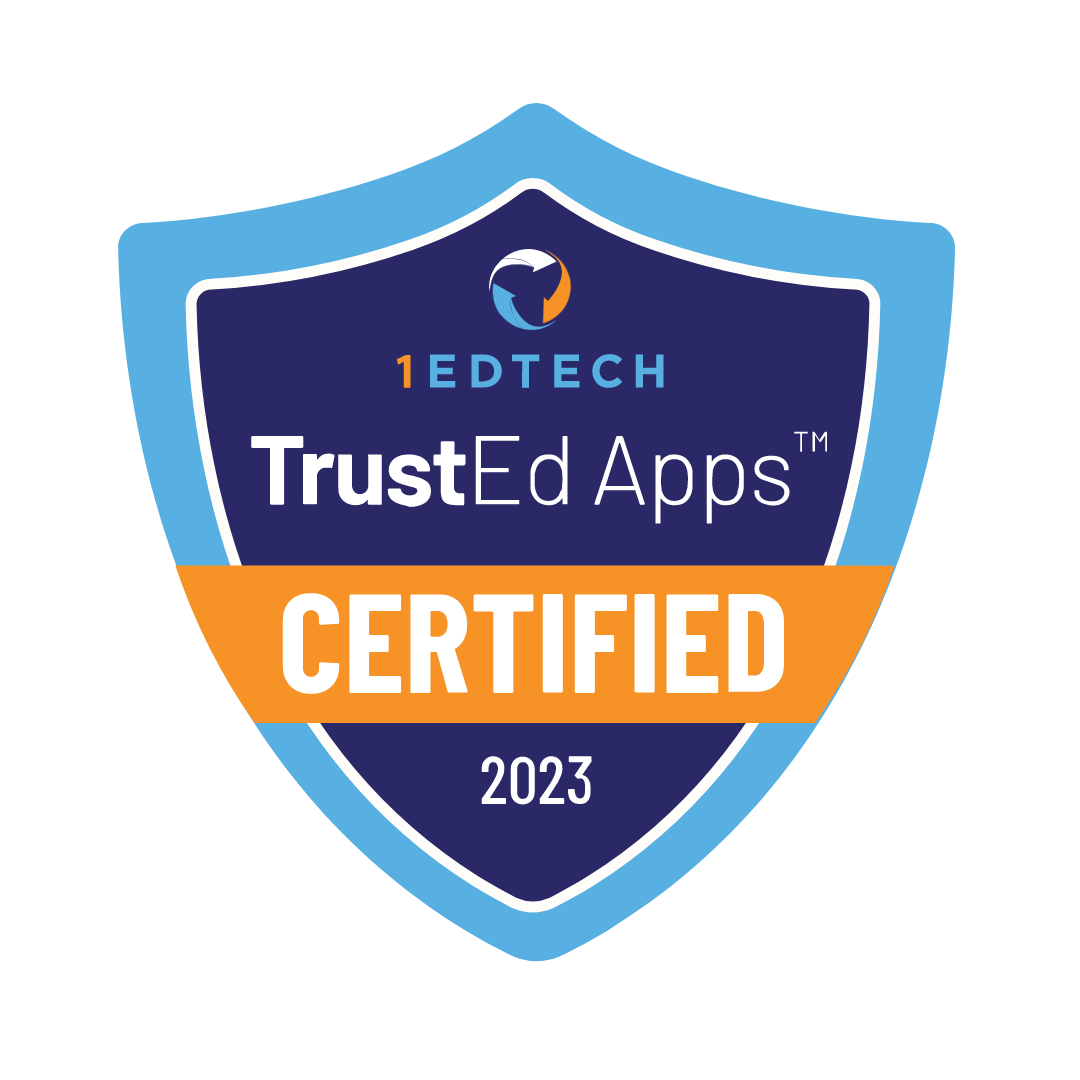Contents
International online education is a learning program that offers a diversity of course formats for different learning needs and schedules all over the world regardless of students’ origins, race and nationality with a consideration for the variety of cultures and personal preferences of the students.

This guide explains the main types, formats and structures of diverse online courses and provides strategies for maintaining continuity during course interruptions and how a rich curriculum can contribute to the inclusivity and diversity of the school.
Diverse Courses in Online Schools
The key benefit and appeal of online schools is that they expand education beyond traditional classrooms, reaching students globally. This global reach makes it easier to reflect the world’s diversity in the curriculum.
International schools like Legacy Online offer highly specialized courses teaching such disciplines as African tribal art in art history, Eastern philosophy, and advanced science courses for young innovators instead of generalized history of arts and natural sciences. These programs can serve students from Tokyo, Nairobi, Rio de Janeiro, and Moscow with their unique cultural backgrounds and interests.
The key factor that pushes online schools to be inclusive is that they have to address the diverse student base from all over the world, with different needs and preferences that often can’t be satisfied by traditional schools. This is why online schools design comprehensive curricula that include global perspectives. These courses are perfect for students who prepare for international careers and multicultural interactions.
“Diversity really means becoming complete as human beings – all of us. We learn from each other. If you’re missing on that stage, we learn less. We all need to be on that stage”
— Juan Felipe Herrera
Advantages of Diverse Courses in Online Schools
First and foremost, courses allow students what, how and when they study highly specific matters. It enables learners to integrate very specific education into their lives.
Secondly, diverse courses can satisfy students’ interests in various cultures, traditions, and philosophies.
Thirdly, the positively influence such factors as students’ engagement and retention. When students are invested in the subject matter, their overall learning experience becomes more effective.
Last but not least, diverse courses prepare students for a Globalized World, teaching them skills to work in multicultural environments. Understanding different cultural contexts makes learners more adaptable and versatile in international settings and helps them see all cultures and perspectives represented.

Diversification of Courses by Their Timing and Pace

Asynchronous Online Courses
Asynchronous courses do not occur in real time. Students receive course materials and assignments, completing them within a specified timeframe. Interaction happens through discussion boards, blogs, and wikis. There are no scheduled class meeting times. Asynchronous online learning suits students with time constraints or busy schedules.
Synchronous Online Courses
In contrast to asynchronous courses, synchronous courses require instructors and students to interact online simultaneously. Similar to webinars, interactions occur via text, video, or audio chat. Synchronous learning allows students to participate in real-time courses from any location.
Hybrid Courses
Hybrid courses mix in-person and online interactions. In some cases, classes meet on campus several times each semester and online communication occurs between these sessions. Hybrid courses are perfect for those who require flexibility and are not sure whether they are ready to switch to online education by integrating both face-to-face and digital learning environments.
Open Schedule
Open schedule classes provide maximum freedom to students. They allow students to complete all assignments by the semester’s end without fixed deadlines. This format is ideal for nontraditional students who require maximum flexibility. While this model is the most flexible one, the lack of regular check-ins may lead to feelings of isolation. In addition, those who lack self-discipline might feel lost without certain deadlines and pace.
Massive Open Online Courses (MOOCs)
MOOCs offer free, accessible stand-alone courses available to anyone interested on large learning platforms. These courses include pre-recorded lectures, discussion forums, readings, and computer-graded assessments. Certificates may be available for a fee, yet they won’t cover a need for a comprehensive education.

Key Stats You Shouldn’t Miss
The research by the Journal of Social Issues published a research titled The Benefits of Diversity in Education by Democratic Citizenship. The research provides the following insights into the diverse courses.
- There was a 15% improvement in democratic engagement for students exposed to diversity programs.
- There is a better understanding of civic responsibility and higher participation in democratic processes in places where diversity is considered in education (20% higher participation rates).
- Surveys show that diversity exposure positively affects students’ commitment to democratic ideals: there was a 10% increase in civic engagement post-graduation after diversity studies at school.
- Interaction with diverse peers contributes significantly to students’ sense of social responsibility, the study reports a 12% increase in social responsibility.
- Students engaged in diversity programs demonstrate a 10-15% improvement in group projects, meaning they have a positive influence on collaboration and teamwork skills.
Diverse Models of Online Courses
Rotation Model
The rotation model moves students through different learning activities within a class period. This approach engages both students and instructors in diverse settings and learning methods. For instance, students may start with individual or small group instruction, then rotate to laboratory activities, and finish with independent study.
Flipped Classroom Model
The flipped classroom model reverses traditional teaching methods. Instead of learning new concepts in class, students first watch pre-recorded lectures at their own pace. Once they are prepared, they can use class time for interactive activities and personalized support.
Flex Model
The flex model suggests that students complete most courses online and attend in-person sessions for complex subjects, balancing flexibility with structured learning. In short, it mixes online coursework with occasional face-to-face sessions for advanced topics. Just like the flipped classroom model, the flex model allows students to learn at their own pace online while benefiting from direct interaction during in-person classes.
A La Carte Model
The a la carte model allows students to take most courses in person while supplementing their studies with a few online classes. This approach suits students who might not be sure about their ability to study exclusively online and prefer in-person learning for core subjects and online options for electives.
Enriched Virtual Model
The enriched virtual model of online education focuses on online learning with occasional intensive on-campus sessions. This style supports students who need flexibility but also seek opportunities for face-to-face interaction. The most common example of this model is when graduate students complete coursework online and participate in on-campus workshops or seminars periodically.
Conclusion
Online schools vary from simple courses to complex and specialized programs. This gives room for intensive exploration into the student’s interest and career goals. Many online schools make degree programs available to remove geographic limits on education and make diversity a core value of their curriculum. Same schools use various approaches in the diversity of their model. To learn about an example of such schools, we suggest you visit the Legacy Online school website.





